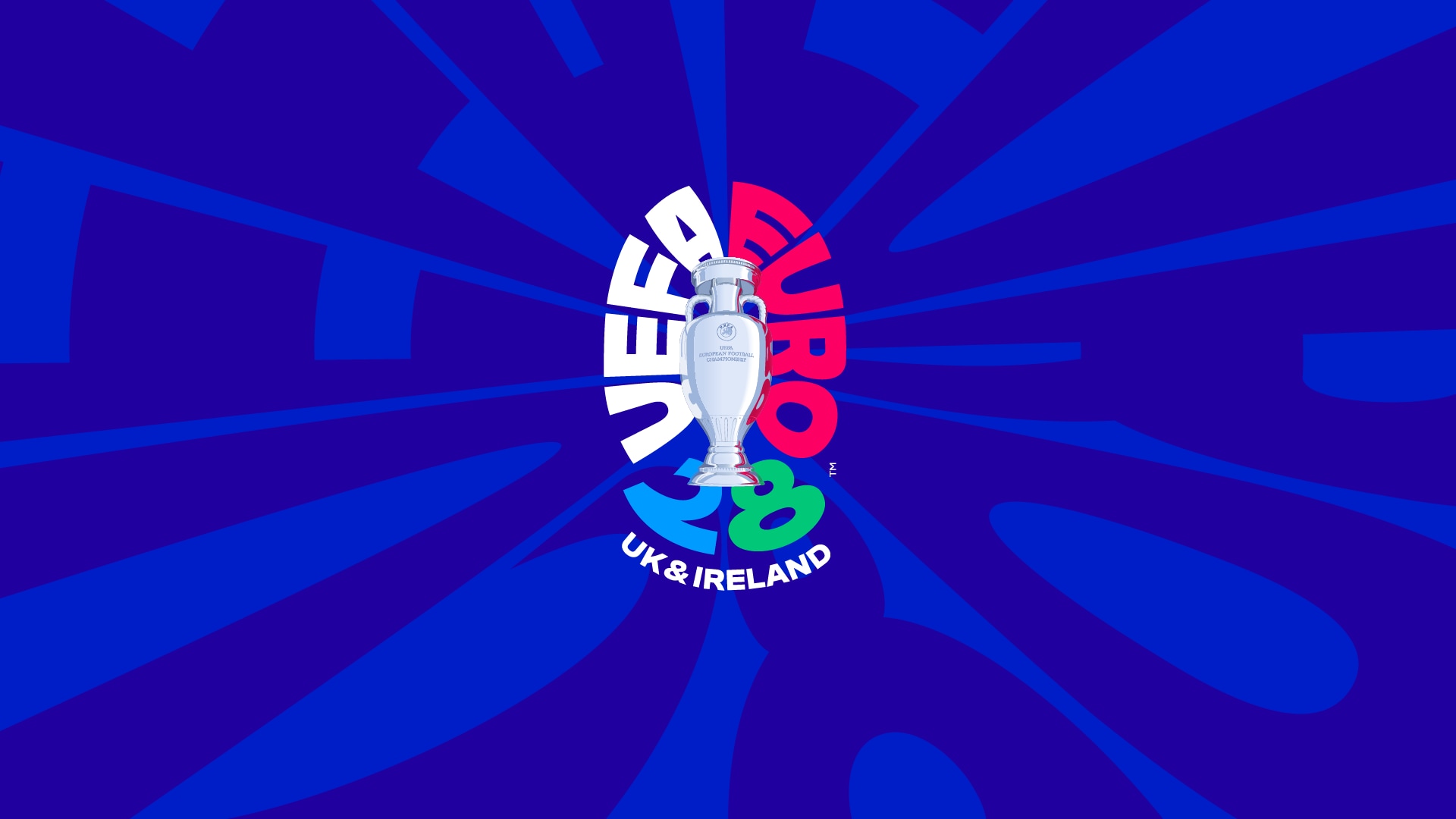
Reading is one of life’s greatest pleasures, along with listening to music, watching movies, and pouring PVA glue on your hands, waiting for it to dry and then peeling it off. Unfortunately, some people can’t read so good, either because they’ve just not bloody bothered to learn, or because they’ve been unfortunately burdened with dyslexia. It’s a relatively widespread condition, and affects many more people than you’d think – some people, in fact, don’t even know they have it.
It’s also hard to understand if you don’t have it: “READ IT, WHY CAN’T YOU JUST READ IT?” etc. But in some cases, that’s literally impossible.
However, now those who aren’t afflicted can experience a glimpse into what life is like with dyslexia. A “computer-whizz” named Victor Widell has used “Javascript” to “create” a website that aims to show you exactly what dyslexics see when faces with a wall of text.
Head on over here to check it out.
Basically, you’re looking at something like this:

Yeah, difficult, right? You can sort of do it if you try hard enough, but it’s tough. In fact, it might be too easy – one commenter says “Leaving the first and last letter of a word stable makes it too easy. Being dyslexic is hard. Really hard.”
In case you couldn’t read it all, here’s what the full text says:
Get exclusive shortlists, celebrity interviews and the best deals on the products you care about, straight to your inbox.
A friend who has dyslexia described to me how she experiences reading. She can read, but it takes a lot of concentration, and the letters seem to ‘jump around’.
I remembered reading about typoglycemia. Wouldn’t it be possible to do it interactively on a website with JavaScript? Sure it would.
Dyslexia is characterized by difficulty with learning to read fluently and with accurate comprehension despite normal intelligence. This includes difficulty with phonological awareness, phonological decoding, processing speed, orthographic coding, auditory short-term memory, language skills/verbal comprehension, and/or rapid naming.
There are three proposed cognitive subtypes of dyslexia (auditory, visual and attentional), although individual cases of dyslexia are better explained by specific underlying neuropsychological deficits and co-occurring learning disabilities (e.g. attention-deficit/hyperactivity disorder, math disability, etc.).
Although it is considered to be a receptive language-based learning disability in the research literature, dyslexia also affects one’s expressive language skills. Researchers at MIT found that people with dyslexia exhibited impaired voice-recognition abilities.
(Images: The Memo, iStock)
(Image: iStock)

